Same Day Shipping EMI & COD on most products
Trusted Partner Since 1969
GST B2B Billing  Help
Help  00919699976817
00919699976817
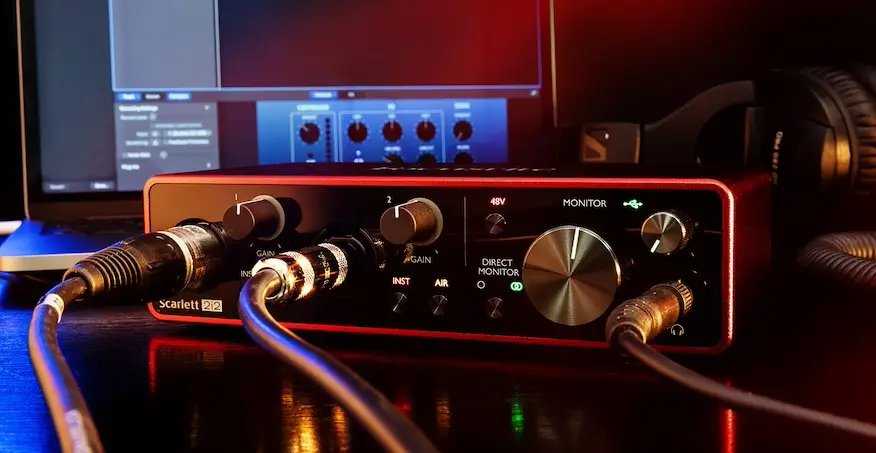
Showing all 8 results
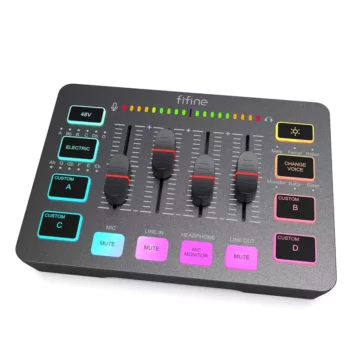
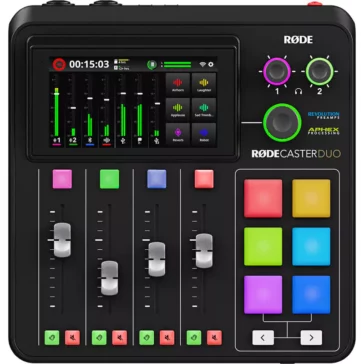
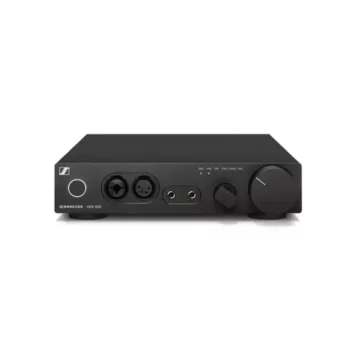
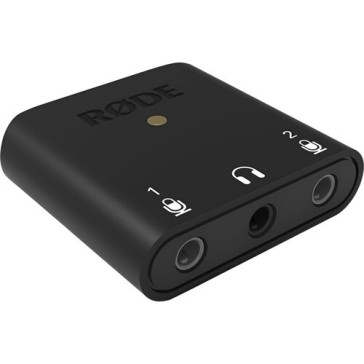
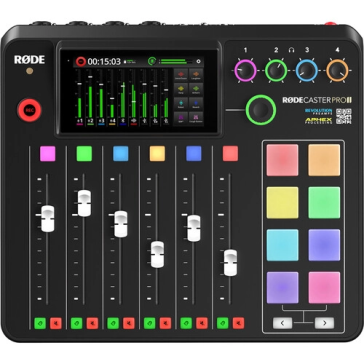
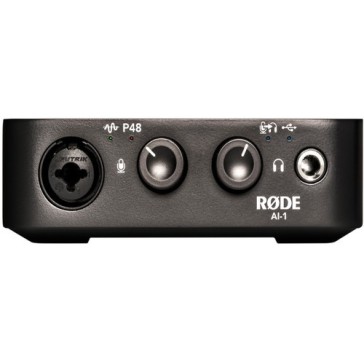
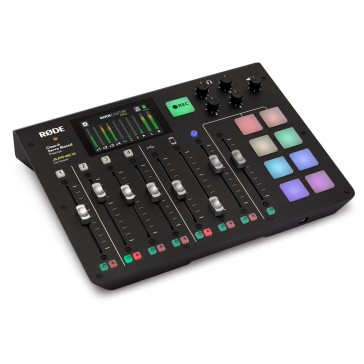
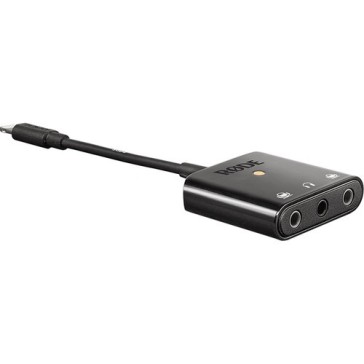
The Comprehensive Guide to Audio Interface Systems
In the world of audio production, the quality of sound is paramount. Whether you’re recording a podcast, producing music, or setting up a home studio, the right audio equipment can make all the difference. Among the essential pieces of equipment is the audio interface system. This guide will delve into the intricacies of audio interfaces, helping you understand their significance and how to choose the right one for your needs.
Understanding Audio Interfaces
An audio interface is a device that acts as a bridge between your computer and external audio equipment, such as microphones, instruments, and studio monitors. It ensures that the sound is accurately captured, processed, and played back, providing a seamless audio experience.
Why Do You Need an Audio Interface?
High-Quality Sound: Built-in sound cards in computers often lack the quality required for professional audio work. An audio interface system offers superior sound quality, ensuring crisp and clear recordings.
Multiple Inputs and Outputs: Whether you’re recording a solo instrument or an entire band, audio interfaces provide multiple I/O options, allowing you to connect various audio sources simultaneously.
Latency Reduction: Audio interfaces are designed to handle real-time audio processing, reducing latency and ensuring that there’s no delay between playing and hearing the sound.
Types of Audio Interfaces
USB Interfaces: The most common type, they are easy to use and compatible with most computers.
FireWire Interfaces: Known for high data transfer rates, they are ideal for professional setups.
Thunderbolt Interfaces: Offering ultra-low latency and high bandwidth, they are perfect for demanding audio applications.
Choosing the Right Audio Interface
Determine Your Needs: Consider the number of inputs and outputs you need, the type of connectors, and your budget.
Compatibility: Ensure that the interface is compatible with your computer’s operating system and DAW (Digital Audio Workstation).
Portability: If you’re a traveling musician or podcaster, opt for a compact and portable interface.
In Conclusion
An audio interface system is more than just a piece of equipment; it’s the heart of your audio setup. By choosing the right one, you ensure that your recordings are of the highest quality, capturing every nuance of sound. Dive into the world of audio interfaces at Design Info and elevate your audio production game.
An audio interface is crucial for home studios because it provides a high-quality connection between microphones, instruments, and computers. It ensures that the sound captured is of professional quality, free from noise and interference. Additionally, it offers multiple input and output options, allowing for versatile recording setups.
Absolutely! Audio interfaces are versatile and can be used for both recording and live performances. They ensure that the sound from instruments and vocals is accurately captured and processed, providing a clear and crisp output during live sessions.
Audio interfaces are designed with dedicated processors that handle audio data efficiently. This ensures real-time audio processing, reducing the delay between playing an instrument (or singing) and hearing the sound, thus minimizing latency.
Yes, USB audio interfaces can deliver professional-quality sound. However, it’s essential to choose a high-quality interface with the necessary features for your recording needs. While USB interfaces are convenient and widely compatible, for more demanding applications, one might consider FireWire or Thunderbolt interfaces.



Most units are shipped same day using professional courier services with tracking.
We work round the clock to ensure you get the highest level of customer satisfaction.
Well packed, Sealed Units are shipped from our warehouse which are waterpoof & sturdy.
Design Info
GST: 27AYUPJ2628P1ZK
No.1, Saremals, Shastri Hall Building,
Nana Chowk, Grant Road West,
Mumbai 400007, Maharashtra, India
New Delhi Branch – South Ex 2, 110049
Also Ships DAILY from Brisbane, Dubai,
Berlin, Barcelona, Detroit & Vancouver.
Connect online / schedule a demo
Call/WhatsApp: +91-9699976817
Email: [email protected]
Live Chat: Business Hours
Follow Us: @designinfo.in
Copyright © 2014-2022 Design Info All Rights Reserved. Feedback on web experience
Since 1969